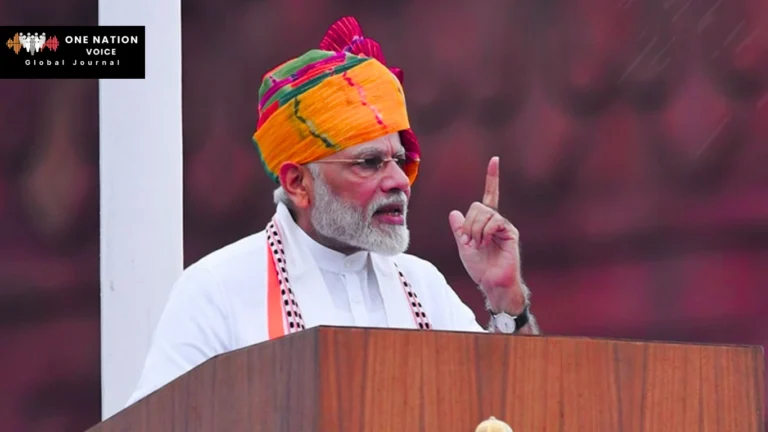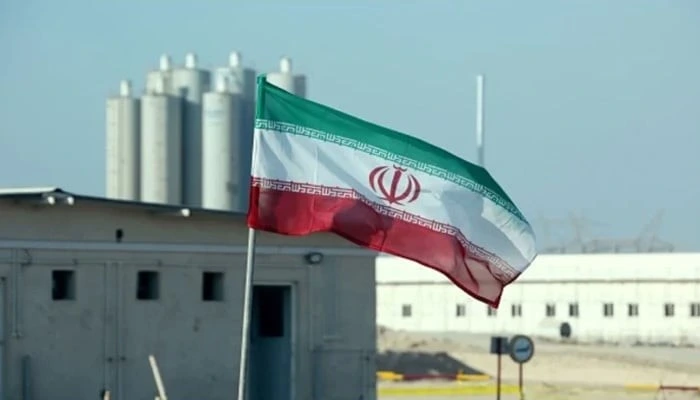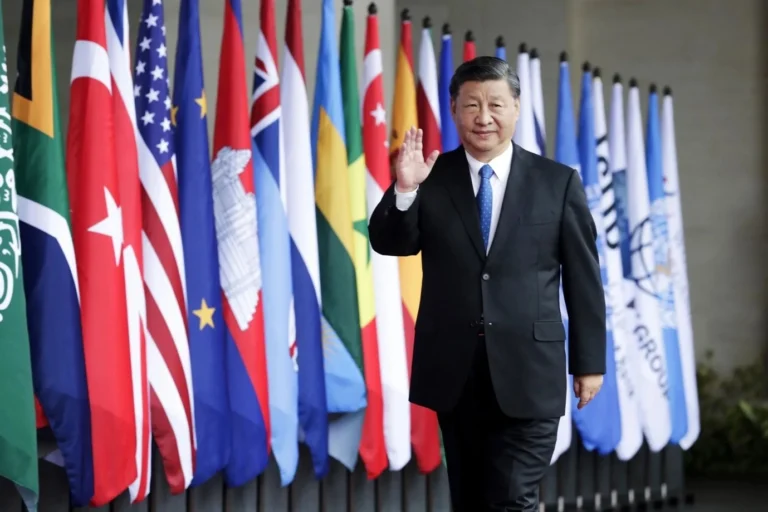China Begins Building World’s Largest Hydropower Dam in Tibet

China Begins Building World’s Largest Hydropower Dam in Tibet
July 22, 2025 — China has officially broken ground on what could become the world’s most powerful hydropower project, a massive dam on the Yarlung Zangbo River in Tibet. If completed as planned, this mega-structure could surpass even the iconic Three Gorges Dam in terms of electricity output.
The dam, part of a wider project involving five hydroelectric stations, is being built near Nyingchi, in southeastern Tibet — just 30 kilometers from the India-China border, a region long marked by geopolitical tension.
Powering China’s Ambitions
China’s state-run Xinhua News Agency reported that Premier Li Qiang attended the launch ceremony. Officials described the project as crucial to the country’s carbon neutrality goals, as well as to boosting economic development in the Tibet Autonomous Region.
Xinhua said the dam will supply electricity both to local Tibetan areas and other regions across China. The total project cost is estimated at a staggering 1.2 trillion yuan ($167.1 billion).
Downstream Tensions with India and Bangladesh
The Yarlung Zangbo flows downstream into India, where it becomes the Brahmaputra River, and later merges into Bangladesh as the Jamuna River — serving as a vital freshwater source for millions.
India raised formal concerns earlier this year, urging China to avoid activities that could harm downstream states. The Ministry of External Affairs stressed its intent to “monitor and take necessary measures” to safeguard regional interests.
In response, Beijing has claimed the project will cause no “negative impact” on downstream areas and said it would maintain communication with neighboring countries.
Environmental and Cultural Concerns
Environmentalists and Tibetan communities have long worried about the consequences of dam-building in the region, especially given Tibet’s role as Asia’s water tower. The Tibetan Plateau feeds rivers that supply water to over 1.3 billion people in 10 countries.
Tibetans also consider the Yarlung Tsangpo sacred — it is the world’s highest river, flowing at elevations over 5,000 meters (16,400 feet). Dams in such ecologically sensitive and spiritual areas risk disrupting fragile ecosystems and centuries-old cultural heritage.
Border, Power, and the Bigger Picture
The dam’s proximity to the India-China border, a hotbed of military standoffs in recent years, adds another layer of strategic complexity. With tens of thousands of troops stationed on both sides, India views infrastructure projects in this region with heightened caution.
This hydropower project is not just an energy solution — it’s a geopolitical signal. It showcases China’s determination to cement control over Tibet’s water resources while expanding its influence across South Asia’s environmental and strategic landscape.
As China pushes ahead with its hydropower ambitions, the world watches closely. The stakes are not just about energy — but about water, sovereignty, and the future of the Himalayan ecosystem.












